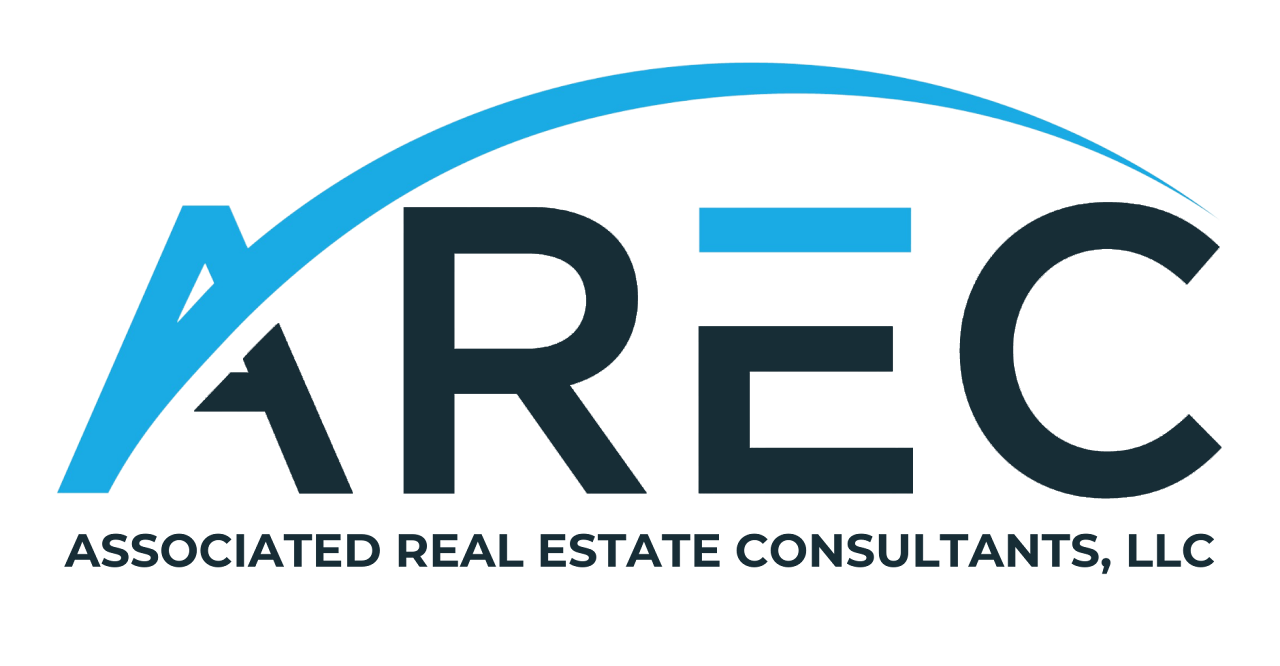Do You have a Zombie Office Building Loan?
While the title of this article may sound a bit dramatic, it is intended to highlight a particular risk that lenders face either before they agree to make a new loan or with respect to loans that are already a part of their portfolio. So, what exactly is a Zombie Office Building? The answer may include any of the following examples:
Example One:
Say for instance that you are a lender presented with a loan request for a multi-tenant office building loan and the rent roll shows that the building is 90% leased. The lease rollover doesn’t look especially challenging, and the NOI looks adequate to support the loan request with a decent DSCR. Encouraged by the numbers you set off to inspect the building on a weekday and you notice that the parking lot appears to be unusually empty given the stated occupancy. A quick tour of the interior shows that the building directory doesn’t match the rent roll and many of the suites are dark though they are shown as being leased.
This could very well be a Zombie Office Building, especially if the ownership is a single purpose entity sponsored by a closed end equity fund. The owners are basically making distributions using NOI until either the leases mature, or the building is sold. The risk to the prospective lender is that the ownership doesn’t have the resources to fund the requisite re-tenanting costs and isn’t able to make a capital call. It won’t take the leasing brokers long to figure this out so that there is a slim likelihood the space will be re-leased. Not a pretty prospect for a lender considering a new loan for this property.
Example Two:
The proverbial single tenant building that has a long-term lease coterminous with the loan maturity date with an extension provision. This loan was booked and dropped into the loan portfolio with the assumption that the lender would just clip the payment coupons without worry. The original advance rate was 65% of value and the interest rate was either fixed or swapped to provide a whopping 1.6 x DSCR. The BBB- tenant, posted a letter of credit to backstop its rent obligation to the landlord who assigned it to the lender as additional security. The lease provided for a 12-month written notice of non-renewal with a provision to sweep excess cash flow for the benefit of the lender.
Not a bad deal you say until the tenant is acquired by an overseas based company that doesn’t have an IG rating and is intent on consolidating space globally inclusive of this building. This happens in year six of the 10-year loan that is amortizing on a 30-year schedule. The free cash flow continues to be distributed to the landlord’s investors while the bank finds itself watching a slow-motion train-wreck. All the while the building occupancy continues to decline signaling the obvious conclusion that the tenant doesn’t plan to renew its lease. The cash flow sweep is three years away and the market has shifted so there is little interest from prospective single users to replace the incumbent tenant. Some quick math now suggests that the vacant building value combined with the late-stage cash flow sweep leaves the lender with an unpaid loan balance and a revised LTV of 125%.
Of course, there are strategies to mitigate these situations. Some may involve adaptive re-use to multifamily or hospitality if the building footprint is right and a conversion can be economically achieved. Without going into detail, these are but a few of the potential solutions that require significant expertise and experience. The professionals at Associated Real Estate Consultants, LLC have successfully implemented adaptive re-use strategies and have guided both lenders and owners facing these rather common situations.
While both examples presented are readily avoidable, I am reminded of the old axiom:
“Tripping over the same stone doesn’t make you wiser, just bruised.”
